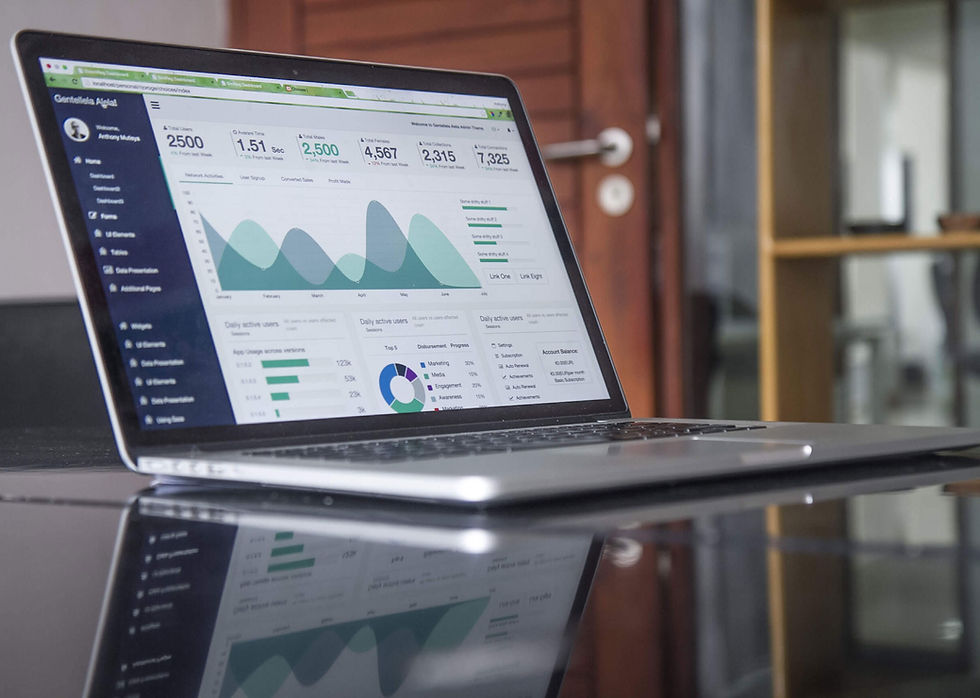The Art of Sales Forecasting: Techniques and Best Practices
- Guest Expert
- Apr 23, 2023
- 2 min read
Updated: Jan 14

Sales forecasting is a crucial aspect of any business. It involves predicting the future sales performance of a company, product, or service, which helps in making informed decisions and setting realistic goals. In this article, we will explore the importance of sales forecasting, various techniques used in sales forecasting, and best practices to ensure accurate forecasting.
Importance of Sales Forecasting
Sales forecasting is essential for several reasons. First, it helps in setting realistic sales targets and developing effective marketing strategies. It also helps in identifying potential issues before they occur, allowing businesses to take proactive measures to mitigate them.
Second, sales forecasting helps in allocating resources and planning for the future. It enables businesses to make informed decisions about hiring, inventory, and budgeting.
Third, sales forecasting is critical for financial planning and budgeting. It allows businesses to estimate revenue, expenses, and profits, which are essential for preparing financial statements and budgets.
Techniques of Sales Forecasting
There are several techniques used in sales forecasting, each with its own advantages and disadvantages. Some of the most common techniques include:
Historical data analysis: This involves analyzing past sales data to identify trends and patterns. It is a simple and effective method, but it may not account for changes in the market or changes in customer behavior.
Market research: This involves gathering data about market trends, consumer behavior, and competitor activities. It can be costly and time-consuming, but it provides valuable insights into the market and customer preferences.
Sales force feedback: This involves collecting feedback from the sales team about their projections for future sales. It can provide valuable insights into customer needs and preferences, but it may not be entirely accurate.
Expert opinion: This involves gathering opinions and insights from industry experts, such as consultants, analysts, and economists. It can be helpful in providing an outside perspective, but it may be subjective.
Best Practices for Sales Forecasting
To ensure accurate sales forecasting, there are several best practices that businesses should follow:
Use multiple techniques: Instead of relying on a single method, businesses should use a combination of techniques to provide a more accurate and comprehensive forecast.
Regularly update forecasts: Sales forecasts should be updated regularly to reflect changes in the market and customer behavior.
Involve key stakeholders: Sales forecasting should involve input from key stakeholders, such as sales teams, marketing teams, and finance teams.
Review and analyze data: Businesses should regularly review and analyze sales data to identify trends, patterns, and potential issues.
Use reliable data sources: Businesses should use reliable and accurate data sources, such as sales reports, market research, and customer feedback.
Consider external factors: Sales forecasts should account for external factors that may affect sales performance, such as changes in the economy, government regulations, and competitor activities.
Sales forecasting is a critical aspect of business planning and decision-making. It enables businesses to set realistic targets, develop effective strategies, and allocate resources. By using a combination of techniques and following best practices, businesses can ensure accurate and reliable sales forecasting, which is essential for success in today's competitive market.






Comentários